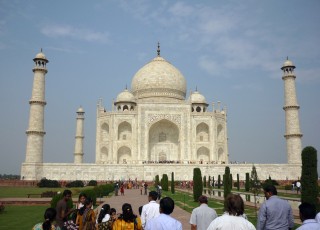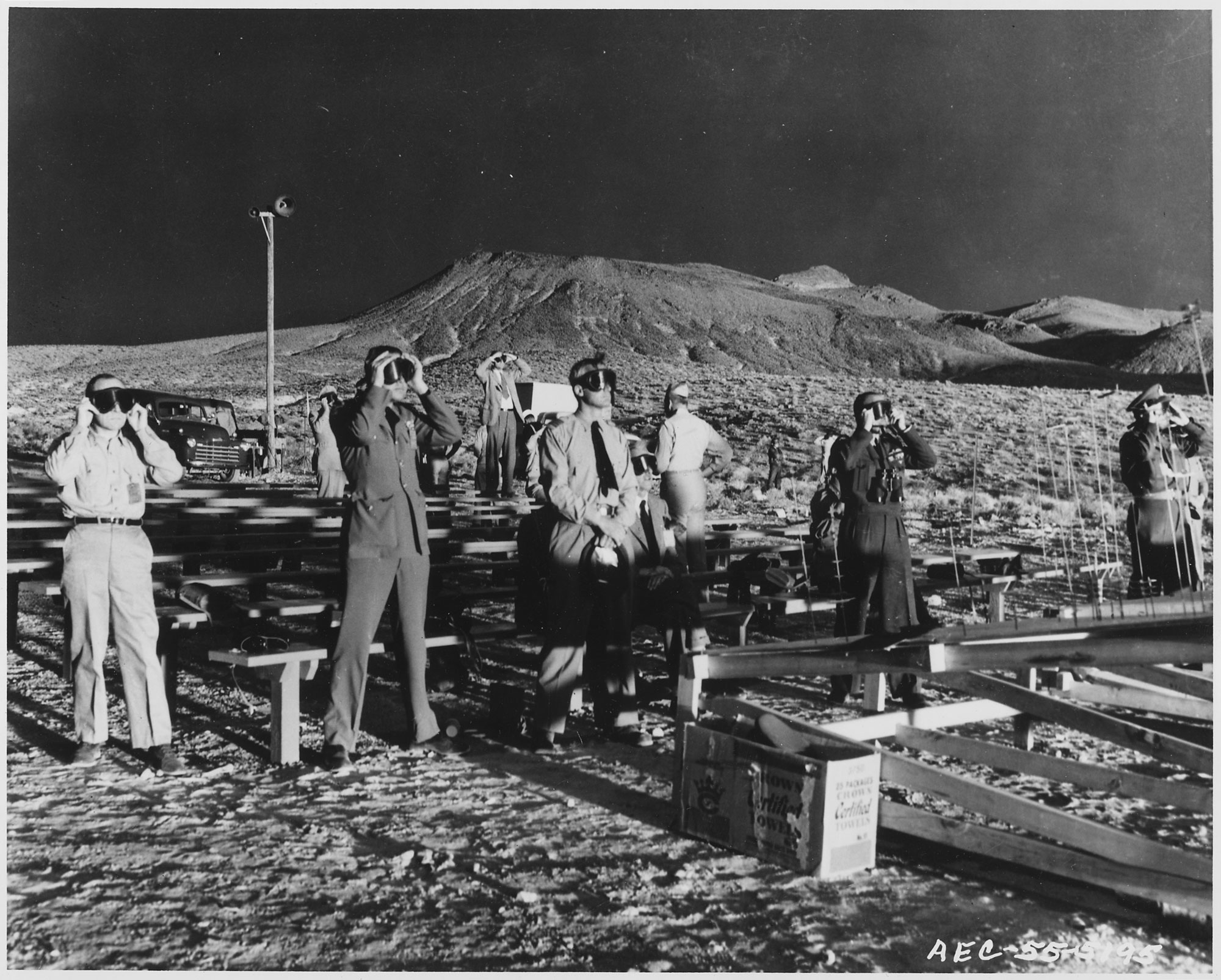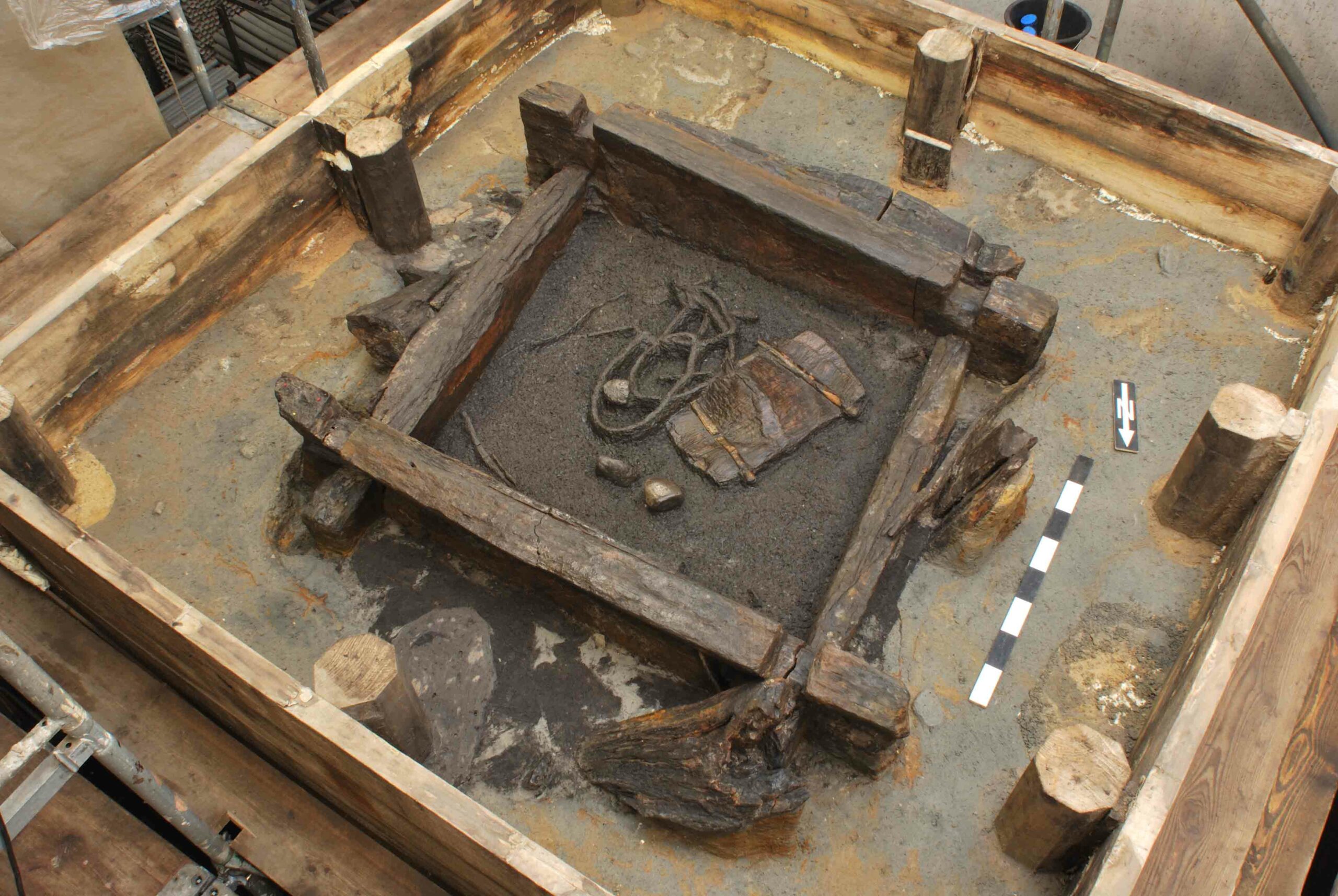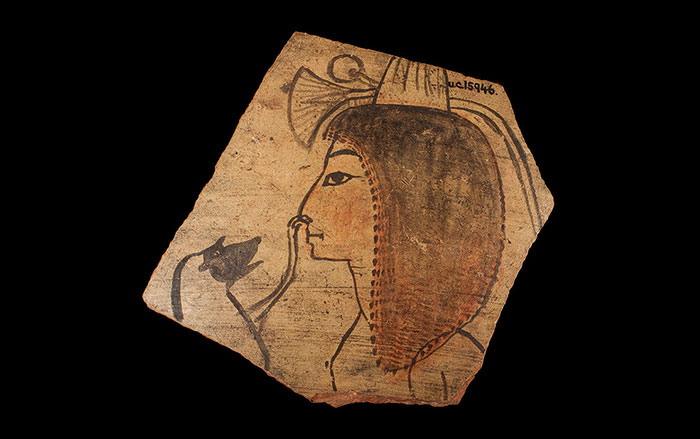
ATLANTA, GEORGIA—The discoloration of the Taj Mahal, a seventeenth-century mausoleum built by Shah Jahan for his wife, Mumtaz Mahal, is caused by airborne carbon particles and dust, according to a study conducted by scientists from the Georgia Institute of Technology, the Indian Institute of Technology at Kanpur, the Archaeological Survey of India, and the University of Wisconsin. The scientists took air samples at the site, and placed pieces of marble near the main dome. After two months, the samples were collected and analyzed with an electron microscope. “Our team was able to show that the pollutants discoloring the Taj Mahal are particulate matter: carbon from burning biomass and refuse, fossil fuels, and dust—possibly from agriculture and road traffic. We have also been able to show how these particles could be responsible for the brownish discoloration observed,” said Michael Bergin of Georgia Tech. The monument is routinely cleaned with clay to maintain the brightness of the marble, but until now, there had not been a systematic study of the causes of the discoloration. “Some of these particles are really bad for human health, so cleaning up the Taj Mahal could have a huge health benefit for people in the entire region,” Bergin added. To see photographs of another iconic Indian site, see "The Islamic Stepwells of Gujarat."










